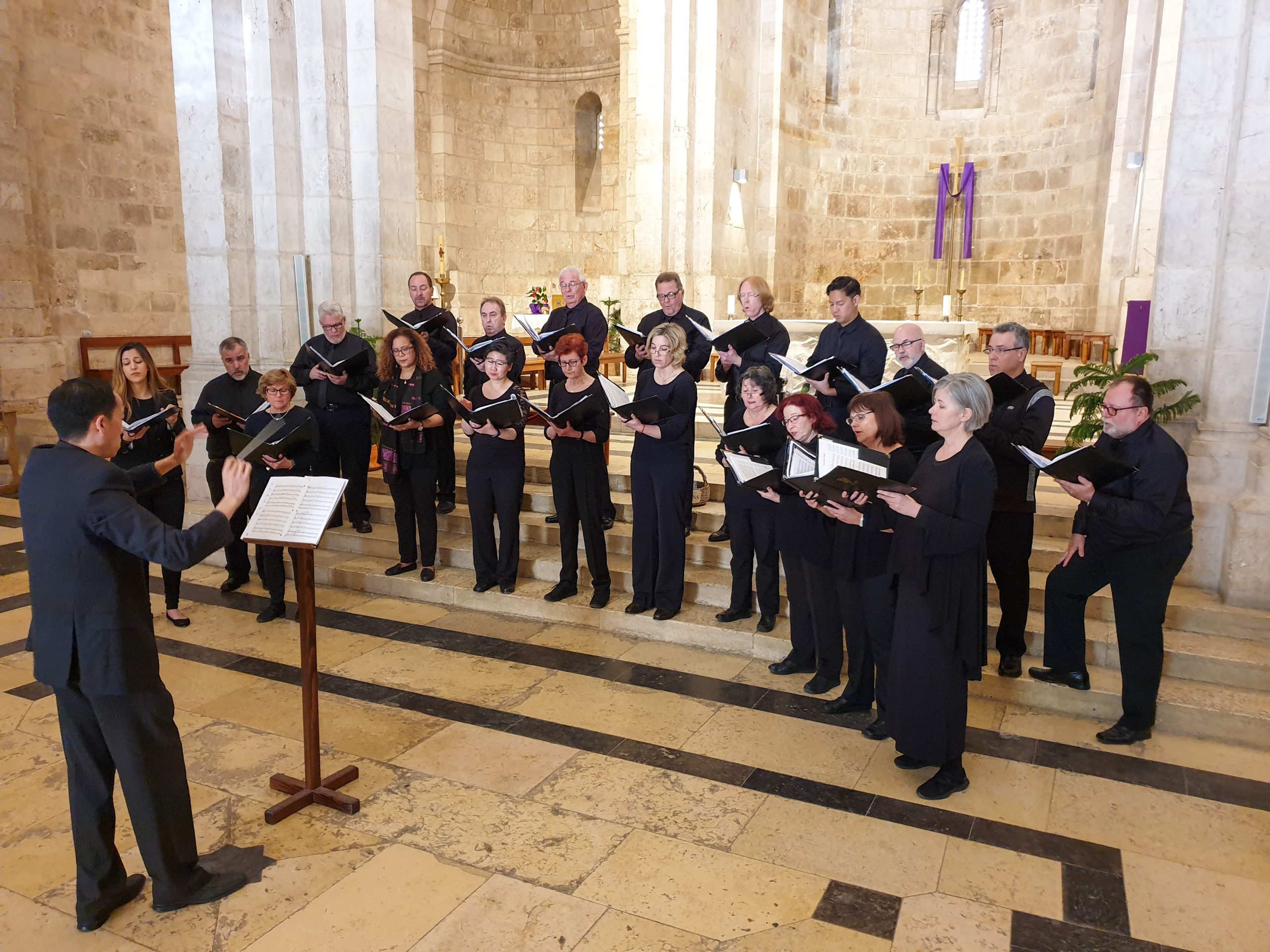Christian iconography counts many saints with this name, each presented with a different story. The best known is certainly St. Ignatius of Loyola, the great protagonist of the 16th century Catholic Reform and founder of the Society of Jesus. He lived as a knight at the Court of the King of Spain until he was wounded in the battle of Pamplona following which, during his convalescence, he started reading holy texts and decided to take his vows. We must also mention Sant’Ignazio of Antioch among the most renowned saints with this name. Emperor Trajan launched his persecution during Ignazio’s mandate as Bishop of Antioch, thus depriving the Church of the most illustrious men in terms of fame and, especially, of sanctity. In fact, he was arrested and, finally, sentenced to death, thrown into the den of wild animals. Sant’Ignazio portrayed on Spire G62 of the Duomo most likely refers to the events of the latter, in which case the statue probably portrays the saint during his martyrdom, when he sacrificed himself for the Christian faith.The original statue of St. Ignatius, whose execution is certified by documents of the Archive dated 1811, is the work of sculptor Pietro Ferroni, and is preserved today at the Marble Workers’ site. In 2010 it was replaced by a reproduction sculpted by Nicola Gagliardi with the same characteristics and pose: the Saint is portrayed in all his classical beauty, standing with the right leg slightly bent. The body, as per the typical iconography of the martyrs, is almost entirely naked except for the drape held by the left hand. The right arm is folded as if the subject were holding an invisible tool that was, perhaps, either lost or never made.
ST. IGNATIUS
Symbol: Pastoral staff, palm branch





 Tiburio
Tiburio

